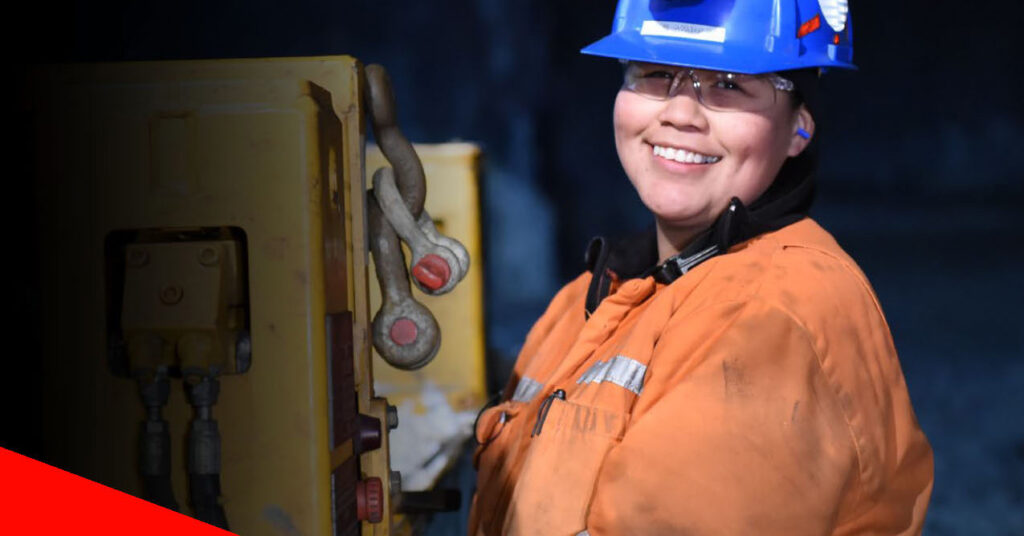Mining Association of Canada releases principles for climate change policy design
The Mining Association of Canada (MAC) and its members, comprising some of Canada’s largest mining companies, have issued principles for climate change policy design to support an efficient pan-Canadian approach to addressing this important issue.
“Today, one of Canada’s largest industries is coming out in support of a carbon price, identifying it as the most effective and efficient means of driving emissions reductions and making real progress in the global fight against climate change,” stated Pierre Gratton, President and CEO, MAC. “MAC’s support of a carbon price is guided by our principles for climate change policy design, and is based on 16 years of our members’ continuous efforts to reduce emissions through technology and innovation and become more energy efficient.”
To inform the design of a carbon price regime, MAC’s Principles for Climate Change Policy Design document recommends the following:
- Establish a broad-based carbon price that is applicable to all sectors of the Canadian economy.
- Be revenue neutral by investing revenues generated through carbon pricing into the development of lower emission technologies to manage the transition to a lower carbon future, including climate adaptation, and to ensure a level playing field for trade-exposed industries that are emission intensive.
- Address competitiveness and carbon leakage concerns across all sectors to prevent declines in investment, employment, tax revenues and trade.
- Be predictable, flexible and sensitive to changing economic conditions and geographic circumstances, to enable consumers and industry to adapt and to treat regions fairly.
- Be simple, complementary and effective to ensure that a national climate change regime works in tandem with existing provincial schemes, avoids duplication, and is simple to understand and administer.
- Support investments in the development and implementation of technologies that lower emissions through capital investments, which could include public-private partnerships.
- Recognize early action, acknowledging that some companies have been proactive in reducing their climate footprints and that several provinces have already established climate change mitigation regimes.
MAC and its members released its first climate change position statement in 2000. In the years that followed, the association and its member companies have worked to improve energy efficiency and reduce greenhouse gas (GHG) emissions through measures such as MAC’s mandatory Towards Sustainable Mining (TSM) initiative as well as individual company efforts. In 2009, MAC adopted the International Council on Mining and Metals’ climate change policy, which recognizes that comprehensive and sustained global action is required to reduce the scale of human-induced climate change and to adapt to its impact.
According to the Canadian Industrial End Use Data Analysis Centre (CIEEDAC), total GHG emissions from Canada’s operating metal and non-metal mines (excluding coal and oil sands mining) accounted for 1.1 percent of the country’s direct and indirect GHG emissions in 2014 – of which 0.8 percent were direct emissions. The CIEEDAC does not have access to oil sands mining or coal mining energy and emissions data to augment the non-metal mining data set. Non‐ferrous metal smelting and refining (excluding aluminum) accounted for 0.5 percent of the country’s direct and indirect GHG emissions in the same year – of which 0.3 percent were direct. In the mining sector, GHG emissions are emitted primarily as a result of the use of fossil fuels for energy; as such, emissions are controlled by managing consumption.
“The Canadian mining industry’s efforts over the past two decades in reducing emissions and protecting the environment have been significant, underscoring the industry’s commitment to being part of the solution. Fighting climate change and meeting emissions targets will require a concerted global effort, and MAC and its members are determined to be constructive partners,” stated Gratton.
Relevant Documents:
- MAC’s Principles for Climate Change Policy Design
- Backgrounder: Energy Investments and Innovation in the Canadian Mining Sector
- Backgrounder: MAC and its Members’ Action on Climate Change
- Backgrounder: Mining and its Role in Clean Technology
-30-
About MAC
The Mining Association of Canada is the national organization for the Canadian mining industry. Its members account for most of Canada’s production of base and precious metals, uranium, diamonds, metallurgical coal and mined oil sands, and are actively engaged in mineral exploration, mining, smelting, refining and semi-fabrication. Please visit www.mining.ca.


